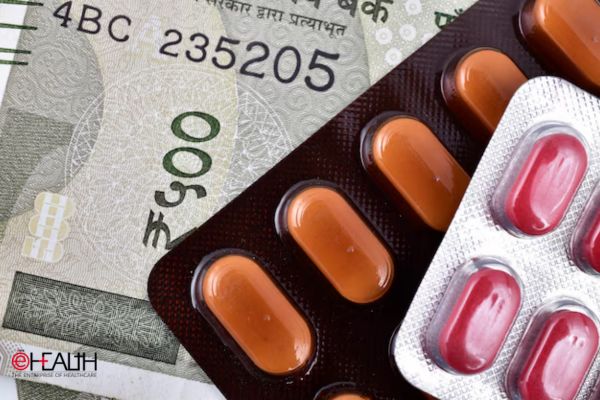
The prices of essential medicines, including antibiotics, painkillers, and anti-diabetic drugs, are set to rise by 1.74% from April 1. This increase follows the annual adjustment based on the Wholesale Price Index (WPI), as regulated by the National Pharmaceutical Pricing Authority (NPPA). The decision, impacting nearly 400 essential medicines under the National List of Essential Medicines (NLEM), is aimed at balancing affordability with rising input costs in the pharmaceutical industry.
The NPPA’s revision includes ceiling price adjustments for over 900 drug formulations, including commonly prescribed antibiotics like azithromycin, antivirals such as acyclovir, and pain relief medications like diclofenac and ibuprofen. The price revision extends to type 2 diabetes treatments, ensuring controlled price increases while maintaining accessibility for patients who depend on these medicines daily.

Additionally, coronary stents will also see a price hike in accordance with inflationary adjustments. This change will directly impact treatment costs for cardiovascular diseases, a leading cause of mortality in India. The price revision aligns with the NPPA’s mandate to regulate drug pricing while allowing manufacturers and importers to adjust costs in response to economic conditions.

Implications for the Healthcare Industry
The pharmaceutical industry will experience a shift in its pricing strategy, with manufacturers adjusting to controlled price increments while continuing to manage rising production costs. This could lead to a reassessment of cost structures within the sector, with companies exploring efficiencies in production and supply chain management to counterbalance increased raw material expenses.

For healthcare providers, hospitals, and pharmacies, the price hike will necessitate adjustments in procurement budgets and patient billing. Healthcare institutions relying on bulk purchases of essential medicines may need to revise their financial plans to accommodate these changes. Additionally, insurance companies may reassess reimbursement policies, potentially influencing how costs are passed on to patients.

From a patient perspective, the increase in medicine prices, albeit modest, could add to out-of-pocket healthcare expenditures, particularly for those with chronic illnesses requiring long-term medication. While government interventions keep these price hikes within a controlled range, concerns over accessibility and affordability persist, especially in rural areas where economic constraints limit healthcare spending.
Also Read :- Govt Cracks Down on Hidden Hospital Costs – Here’s How It Affects You!
Moving Ahead
The latest NPPA revision marks another step in India’s ongoing efforts to balance affordability with sustainability in pharmaceutical pricing. While ensuring that essential medicines remain accessible, the healthcare ecosystem—spanning manufacturers, hospitals, and pharmacies—must navigate these changes strategically. Regulatory authorities, including the NPPA, will need to maintain a delicate balance between allowing price adjustments for sustainability and ensuring essential medicines remain affordable for the broader population. Future policy decisions may involve exploring alternative measures, such as government subsidies or increased domestic production incentives, to mitigate financial strain on both industry players and end-users.
The healthcare industry will have to navigate these adjustments strategically, balancing cost containment with the continued delivery of quality healthcare services. The long-term impact will depend on how well stakeholders, including pharmaceutical companies, healthcare providers, and policymakers, collaborate to sustain an equitable and accessible healthcare ecosystem.
Be a part of Elets Collaborative Initiatives. Join Us for Upcoming Events and explore business opportunities. Like us on Facebook , connect with us on LinkedIn and follow us on Twitter , Instagram.
"Exciting news! Elets technomedia is now on WhatsApp Channels Subscribe today by clicking the link and stay updated with the latest insights!" Click here!
















